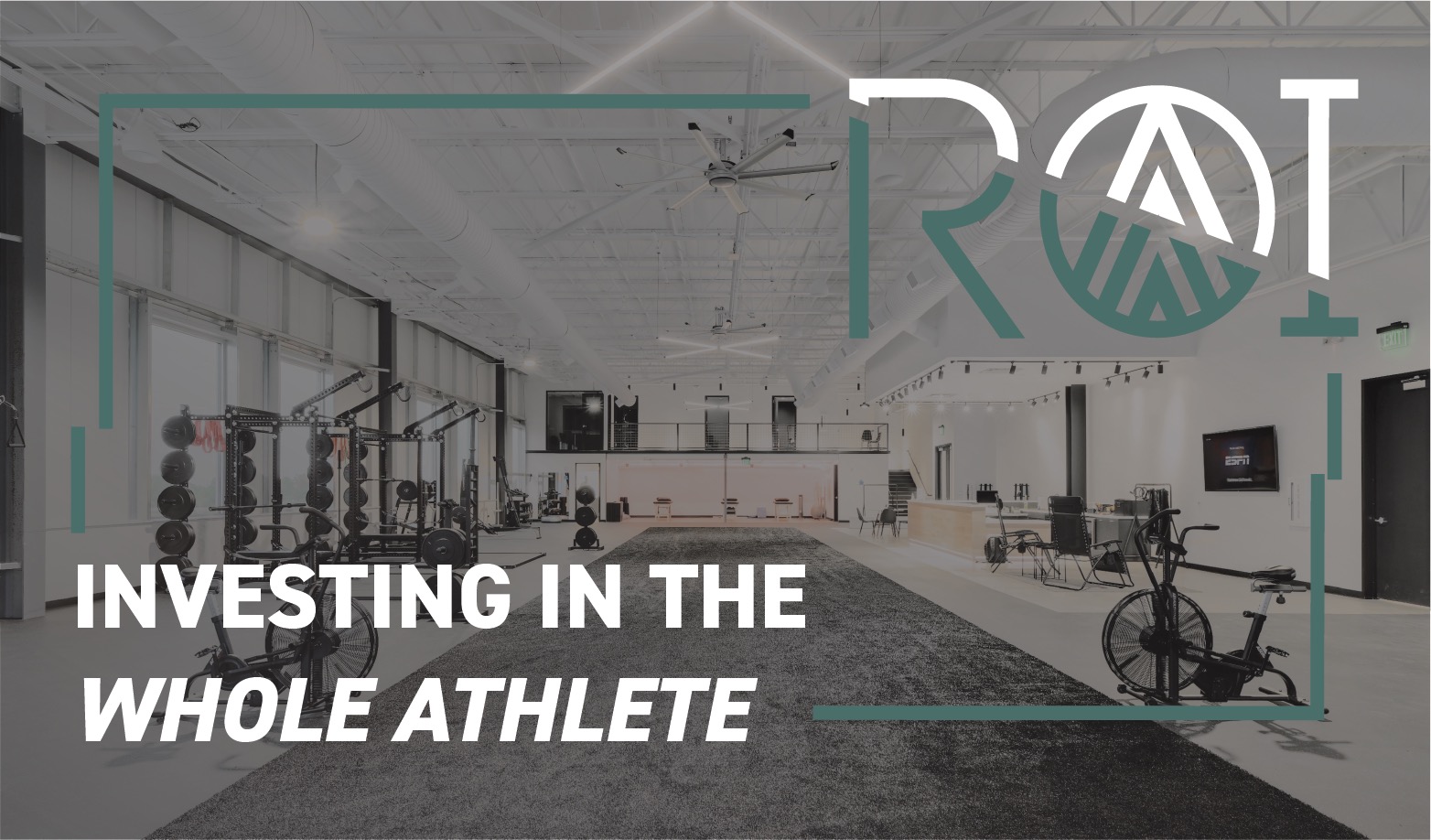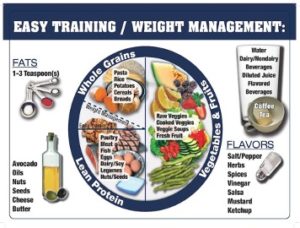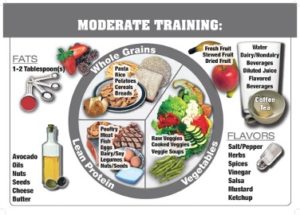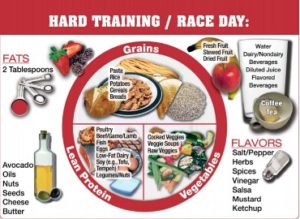The Importance of Peri-Workout Nutrition

At ROI, nutrition is a fundamental component to our integrated approach to sports rehabilitation and performance. There is almost nothing more influential to your health and performance than how you fuel your body on a daily basis. Peri-workout nutrition is the food that you eat around exercise and has a tremendous impact, not only on the way you feel during exercise but also how your body recovers and adapts following exercise. Since it is the season of “giving,” we would like to extend a piece of our value to you through a few key guidelines regarding the type, how much, and when to fuel so that you can optimize your performance and recovery.
General Recommendations
There is no one-size-fits-all when it comes to nutrient timing; athletes’ needs differ based on sport, duration and intensity of training. The quantity and timing of fuel influences how an athlete will perform and recover from training and competition. Inadequately fueling and hydrating may hinder athletic performance, leading to reduced speed and power, endurance, poor concentration, decreased movement accuracy, GI upset, and a more rapid onset of fatigue.
Pre-training
The overall goal for pre-training fuel is to provide adequate carbohydrates for energy and optimal hydration. Further away from the start of a training session, a larger amount of carbohydrates is appropriate. For example, fueling for a training session can simply include eating a well-balanced meal 3-4 hours beforehand. Within the 60 minutes prior to training, athletes should aim to consume 0.5 to 1.0 grams of carbohydrates per kilogram of body weight to further prepare energy stores. Regarding the type of food to consume, the closer to training that an athlete is, the simpler the fuel sources should be. Foods composed of simple carbohydrates contain nutrients that are more readily absorbed and utilized, saving your GI system time in preparing fuel for work. Examples include applesauce, Honey Stingers, Gatorade chews, sports drinks, fruit juices, bananas, orange slices, snack bars such as Nutri Grain or Clif, and salty snack items. Protein, fat and fiber intake should be low because they take longer to digest and can result in an upset stomach if eaten too close to training. Here are a few eating guidelines from Team USA that provide easy ideas for pre-workout nutrition:

Image courtesy of ROI.

Image courtesy of ROI.

Image courtesy of ROI.
During training
Fueling during training is important for athletes participating in endurance or intermittent high-intensity training/sports lasting longer than 60 minutes. Bouts lasting less than 60 minutes typically require no additional need for carbohydrates. During the session, athletes should consume water throughout the bout of exercise rather than waiting until feeling thirsty.
Recovery
Athletes should focus on carbohydrates to refuel and protein to rebuild and repair muscles within two to three hours following a training session. However, if an athlete did not fuel within the two to three hours prior to training, a meal should be consumed within an hour following training. The time following a training session is an optimal time due to increased blood flow, insulin sensitivity, and glucose uptake. How much is needed for recovery? A general guideline is a 2:1 ratio of carbohydrates to protein, an example being 40-80 grams of carbohydrates and 20 grams of protein following a bout of exercise. Between bouts of training or following an intense bout of exercise, consuming 1.0 to 1.2 grams of carbohydrates per kilogram of body weight per hour for the first four hours is recommended to replenish glycogen stores and optimize muscle protein synthesis. Some simple and easy recovery combinations include:
- Greek yogurt with granola and fruit
- Chocolate milk and banana with peanut butter
- Beef jerky, string cheese, apple slices and Chex mix
- Fruit and yogurt smoothie
Our Nutrition Methodology
At ROI, we treat the WHOLE athlete and we have experience working with athletes of varying dietary preferences. We value science-based, fundamental principles of nutrition, understanding the importance of enjoying the food you eat, and highly encouraging sustainable approaches to nutrition. Our integrated approach includes objective measurement tools like our PNOE Metabolic Unit, which allows us to assess an athletes’ cardiovascular, pulmonary, and metabolic fitness levels such as VO2 Max testing, resting metabolism data, cardiopulmonary response, energy consumption (total number of kcals), and the contributions of the two major fuel sources. We don’t focus on isolated nutrition, training, or rehabilitation programs. Instead, we have all these disciplines under one roof, allowing us to communicate seamlessly, giving our athletes the confidence that no stone will be left unturned. This approach allows our team of experts to provide individualized recommendations for you to maximally perform in sport and everyday life.






